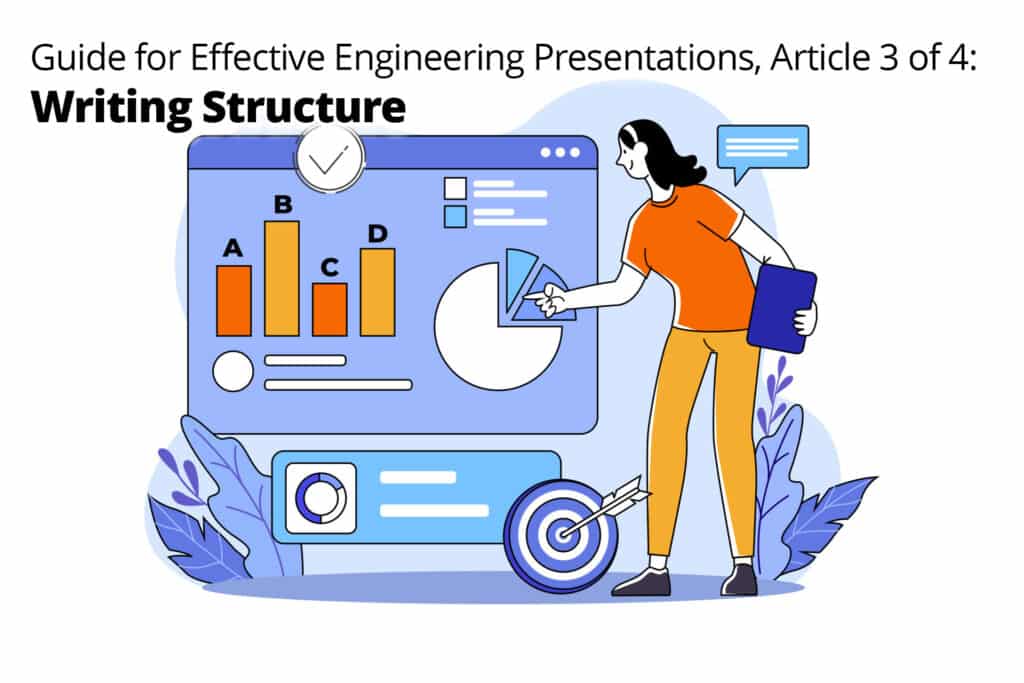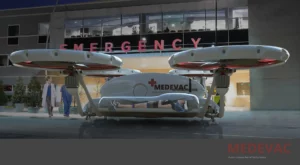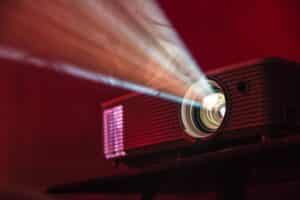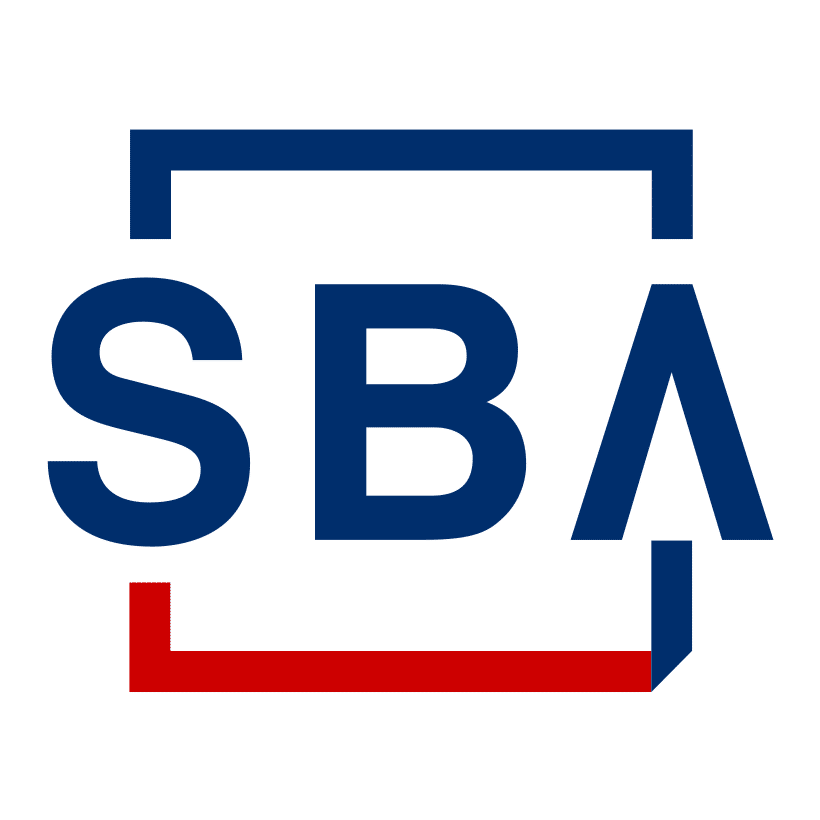Crafting the Presentation
Summary: Storytelling, although often seen as an art, is also a science that can help you engage your audience. Evident across the centuries and around the world, KAIA has adapted Joseph Campbell’s Hero’s Journey to better communicate highly technical engineering projects. By understanding and applying this structure, you can create presentations that inform and inspire your audience.

Utilizing story structure to create technical communications that inform & inspire
We’ve all heard a good story. But did you ever stop to think what made that story so compelling? Storytelling may seem like a form of magic in some regards, like a spell that takes an audience on a journey, breathlessly waiting to see how it all unfolds. It’s an art form seemingly reserved for Hollywood auteurs and elusive writers huddled up in log cabins. But the truth is, as much as there is an art to storytelling, there is a science to it as well.
Based on years of researching cultures around the world, Joseph Campbell outlined The Hero’s Journey in 1949. What he discovered was rather miraculous: a structure shared by stories the world over. The structure boils down to this: a character ventures out to get what they need, faces conflict, and ultimately triumphs over adversity. We’ve seen it in everything from classic Greek Tragedies to Shakespeare to Star Wars. This story structure is central to every movie you’ve seen, whether it’s an action flick, a comedy or a romcom. More importantly, it’s how people are trained to listen.
That last part is important. Because it’s the key to getting your project recognized and remembered by your intended audience. Discover how The Hero’s Journey can help you craft communications that inform and inspire. And after that, let’s tell some good stories together.

INTRODUCTION: frame the discussion and describe the current situation
Presentation Title
One sentence that explains what the subject is, and why it matters to your audience. This is usually both the first and last section to be written because edits here have the biggest effect.
Empathy
Understand the audience concerns and state them in their own words. Use the terminology, jargon, and technical language your audience is familiar with, which will help establish credibility and make your presentation more accessible to the attendees. Simultaneously, craft your presentation in a way that directly addresses each identified concern using the audience’s own words and phrases. This approach not only demonstrates your empathy and understanding of their challenges but also creates a strong connection with the audience, allowing them to see the relevance and value of your technology, software, or solution.
Research your target audience, identifying the specific group of industry professionals you will be presenting to, and gathering information about their backgrounds, roles, and experiences. By understanding their technical expertise and the challenges they commonly face in their daily work, you can pinpoint the most pressing concerns, needs, or pain points that your presentation should address. This initial research will help you tailor your presentation to be more focused and relevant, ensuring it resonates with your audience and addresses their specific concerns.
Authority
Establishing authority demonstrates your credibility, expertise, and trustworthiness in this field. The goal is to instill confidence in your audience or target group, convincing them that you are knowledgeable, experienced, and competent enough to provide accurate information, make informed decisions, or offer valuable guidance.
Establishing authority involves showcasing your expertise, sharing your accomplishments, and providing testimonials. By highlighting your achievements like awards, certifications, or successful projects, you can instill confidence in your audience. Additionally, reinforcing your authority with positive testimonials or endorsements from clients, colleagues, or industry experts showcases the trust others have placed in you, further solidifying your credibility and expertise.
Status Quo
Describe the current situation to give context. This is the unspoken assumptions your audience knows about your presentation subject. Explain how the current situation came to be and what is currently working well.
General Problem
Identify the problem within the status quo, framing it as something that “should” or “ought” to be addressed.
Desired Outcome
Restate the general problem as something the audience wants to overcome.

THE PROBLEM: what you are going to fix and clarifying what’s at stake
Catalyst
Describe the specific trigger event that started this journey or exploration of the problem: who? what? where? This could be a technology inflection point, industry regulation change, or even a personal experience.
Specific Problem
Explain the immediate and focused problem that the presentation aims to address.
Failure
Highlight a negative view of a future where the problem wasn’t addressed, list negative consequences.
Core Concept
A one-sentence theme of your talk. The core concept must lead us to the desired outcome and fix the specific problem.

Solutions
Majority of Presentation Time
2 to 5 solutions sections that build from the core concept
Explaining what it is, how it works, and why it matters to the audience. Provide examples of features and benefits of the proposed solution and how it avoids the negative consequences of not addressing the problem. Contrast the proposed solution with the status quo and show how it supports the desired outcome.

Personal Commitment to solving the problem for the audience
This is the emotional highlight. Approximately halfway through the presentation, share a Personal experience. Something that relates “why this is Important to me” or “a challenge i overcame” or “an insight that Affected my personal viewpoint.”

SYNTHESIS how the solution is realized within the current status quo
Implementation
Outline a plan for how the proposed engineering solution can be implemented within the existing status quo. Address fears of change and concerns about potential disruption by explaining what stays and what gets replaced, as well as what needs further investigation.

TRANSFORMATION paint a picture of a better future and tell the audience what to do now
Success
Describe the positive outcomes of implementing the proposed engineering solution, emphasizing how it will transform the audience’s experience.
Direct CTA
Provide clear instructions on what the audience should do next to take action on the proposed solution.
Transitional CTA
Offer additional resources or information for those who want to learn more or explore the topic further.

This is an example presentation outline using the hero’s journey story structure
Soaring to New Heights: The eVTOL Revolution and How It Will Transform Cities
INTRODUCTION:
Empathy: Have you ever wished for a faster, greener, and more efficient mode of transportation to bypass the never-ending traffic and crowded public transportation?
Authority: At XYZ company, we have been at the forefront of urban air mobility, Our latest eVTOL (electric vertical takeoff and landing) aircraft sets new standards for comfort and flight time.
Status quo: Increased urbanization has outstriped conventional means of transport, such as cars, buses, and trains. While certain public transit and shared mobility options offer clean and efficient alternatives, overcrowded urban areas plagued by traffic jams and pollution.
General problem: Transportation systems should be flexible, fast, efficient and environmentally friendly.
Desired outcome: Imagine a future where travelers benefit from efficient eVTOL aircraft. Not only will travel times be reduced by following direct routes and avoiding traffic congestion but passengers will have a breathtaking aerial perspective of the cityscape below. Travelers can expect a quiet ride inside the comfortable cabin. Moreover, passengers will actively contribute to a cleaner environment, as electric eVTOL aircraft produce zero direct emissions, making urban transportation more sustainable.
THE PROBLEM:
Catalyst: Recent advancements in battery power density made electric aircraft viable, paving the way for the development of eVTOL (electric Vertical Takeoff and Landing) technology.
Specific problem: Inefficient and unsustainable urban transportation.
Failure: A future plagued by unbearable traffic, pollution, and lost productivity.
Core concept: eVTOL aircraft, within an Urban Air Mobility system, is a more efficient and flexible mode of transportation.
THE SOLUTION:
- Cleaner and Greener: eVTOL aircraft are powered by electricity, producing zero direct emissions, reducing pollution, and promoting cleaner air.
- Time-efficient: Vertical takeoff and landing capabilities enable eVTOL aircraft to bypass traffic, saving time and increasing productivity.
- Scalable Infrastructure: eVTOL aircraft require less infrastructure than traditional transportation, allowing for rapid deployment and cost-effectiveness.
- Safer and Quieter: Advanced safety features and reduced noise pollution improve quality of life in urban areas.
- Connectivity: Integration with existing transportation networks to provide seamless door-to-door travel.
PERSONAL COMMITMENT:
As someone who has personally experienced the frustrations of lengthy commutes and the harmful effects of pollution, I am dedicated to promoting sustainable, efficient transportation solutions like eVTOL technology.
SYNTHESIS:
Implementation:
- what we know: eVTOL technology’s potential for transforming urban mobility
- what needs further investigation: Regulations and public acceptance
- what stays: Existing transportation networks as complementary systems
- acknowledge fear of change: Addressing safety concerns and technology adoption
- address concerns: Collaborating with regulators, communities, and stakeholders
TRANSFORMATION:
Success: Picture a world with cleaner air, efficient transportation, and vibrant cities connected by a network of eVTOL aircraft. Review the benefits: Reduced pollution, time savings, seamless travel, and improved quality of life.
Transformation: Become an advocate for revolutionizing the our cities and lifestyles by embracing the eVTOL solution. You are empowered to make a positive impact on the future of transportation.
Direct CTA: Take a ride on our latest eVTOL aircraft now.
Transitional CTA: For more information attend our upcoming eVTOL webinar.







